Labral Tear – Living and Running with Hip Impingement

For nine years I’ve been dealing with what medical professionals refer to as Femoral Acetabular Impingement (FAI) and an associated hip labral tear. FAI is a condition in which extra bone grows along one or both bones that form the hip joint, which gives the bones an irregular shape. During movement, the bones rub against each other because they don’t fit together seamlessly. This friction can eventually damage the joint and tear the labrum, which is a ring of cartilage in the acetabulum (socket).
I first noticed it when sitting cross-legged. Something in my left hip felt sore and stuck as if it was screwed in crooked. No amount of stretching seemed to screw it in straight. Stretching, in fact, seemed to further aggravate my hip.
I saw my primary care physician, who then sent me for an MRI. A week later, I was sitting with an orthopedic surgeon in my health care network, reviewing the findings: A tear in the acetabular labrum, and cam and pincer-type hip impingement. Basically, the ball-shaped end of my femur is not perfectly round, which inhibits the femoral head’s ability to move smoothly, and the neck of my femur bone bumps into the rim of the deep socket when I move in a way that involves hip flexion.
The surgeon recommended that I either quit running or schedule my surgery. Even after appointments with several surgeons who insisted that a surgical procedure could fix my hip, I drew the line at the surgery for FAI. The alternative I was offered was eventual retirement from running. I chose to keep running, and the pain persisted.
In my desperation to cure myself, I have quit triathlon, taken hot yoga and cross-fit classes, and worked with a chiropractor and a personal trainer. I’ve tried trigger point dry needling, sports massage, acupuncture, and yes, taking time off from running. In my efforts to alleviate the pain so I could keep running, I even re-considered more invasive options.
My hip’s reaction to all my experimentation was temporary relief at best. And all my research only led to more confusion, as the internet and the medical field offer to contradict information on the subjects of FAI and hip impingement. For nine years, I was stuck in a cycle of frustration and pain, all the while sensing I was missing the key puzzle piece to dealing with this condition!
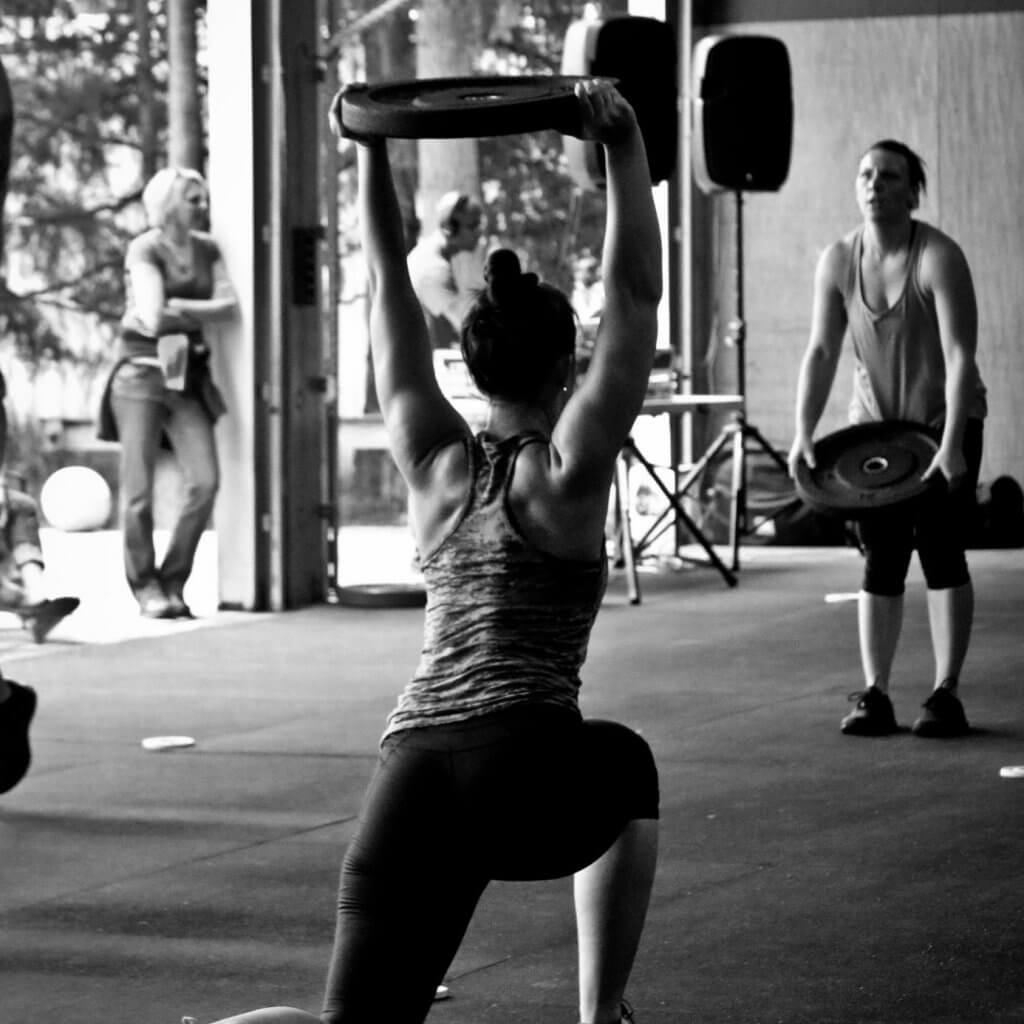
Hip Impingement Does Not Discriminate
Runners aren’t the only ones who struggle with hip impingement. FAI, acetabular labral tears, and resulting arthritis are common in dancers, weightlifters, powerlifters, CrossFit athletes, soccer players, hockey players, and dancers, to name a few. This condition is hardly a death sentence though. It is actually very common, and it typically doesn’t warrant surgery!
Physical therapist, triathlete, and former FAI-sufferer Lindsey Plass of Chicago, IL sees FAI and labral tears quite often in athletes and runners who complain of anterior hip or groin pain. But she also sees it in asymptomatic individuals who have run for years with virtually no hip issues.
A physical therapist and hip impingement specialist in Seattle, WA, Sarah Haran was a prime candidate for hip impingement. Starting ballet at three years old, she was trained in dance classes to force a posterior pelvic tilt, as well as an anterior positioning of her hips.
“My hips felt stiff and they sort of ached all the time. But, as a dancer that was normal, right?” Sarah asks. “I mean I was dancing six days a week for about three hours a night. Working hard required some amount of pain in order to see results (that was my thinking at the time). But, I do remember that there were times my hips would click, pop, or stick, and I never said anything, assuming that was just normal in ballet. And sometimes it hurts!”
When Sarah was a physical therapy student at the University of Washington, she heard an instructor list the symptoms of hip impingement:
- Difficulty with weight-bearing on the affected leg
- Hip pain at rest and/or with activity
- Hip pain during and/or after sexual activity
- Stiffness in the hip, thigh, or groin
- Deep aching in buttock or groin
- Low back pain and/or sacroiliac joint pain
- Knee pain
- Sharp pain in the buttock or groin when the thigh is moved close to the body beyond 90°
- Sharp pain in the buttock or groin when the thigh is moved across the body toward the opposite shoulder
- Pain with sitting for long periods of time
- Pain during or after sports
- Pain that comes and goes
Sarah had every single one of those symptoms, and realized she had been suffering from hip impingement for years! Her condition had a name, but the cure was yet unclear and “I had to figure a lot of my rehab out on my own, unfortunately.”
Hip Impingement Requires Rehab
In 2007, Sarah joined her now-husband (then boyfriend) for a multi-day backpacking trip in Leavenworth, WA. What should have been a trip full of epic memories proved to be a week of weakness, soreness, and frustration!
“The next series of events was a process of self-discovery regarding medical intervention and activity modification,” says Sarah. In 2008, she asked her MD to order an MRI. The results were “negative” for a labral tear. She was then referred to another physician who noted that her imaging only showed clear, bony femoral acetabular impingement in her hips, but was convinced that Sarah certainly had labral tears. He also reminded her that there is a 40% false-negative rate for acetabular labral tears upon MRI testing, so regardless of the negative finding for a tear, surgery was recommended.
Sarah never did go through with the surgery. Instead, she began what would be a journey of almost a decade that resulted in uncovering hip impingement treatments that have worked for her and her patients. Nine years ago, Sarah stopped dancing. Eight years ago she began strength training regularly… and properly!
“This has really changed my symptomology!” she exclaims. “I do have pain from time to time, but it is really manageable and I know what not to do, what positions bother me, what kind of volume or repetition I can take in my training, and what recovery needs to look like.”
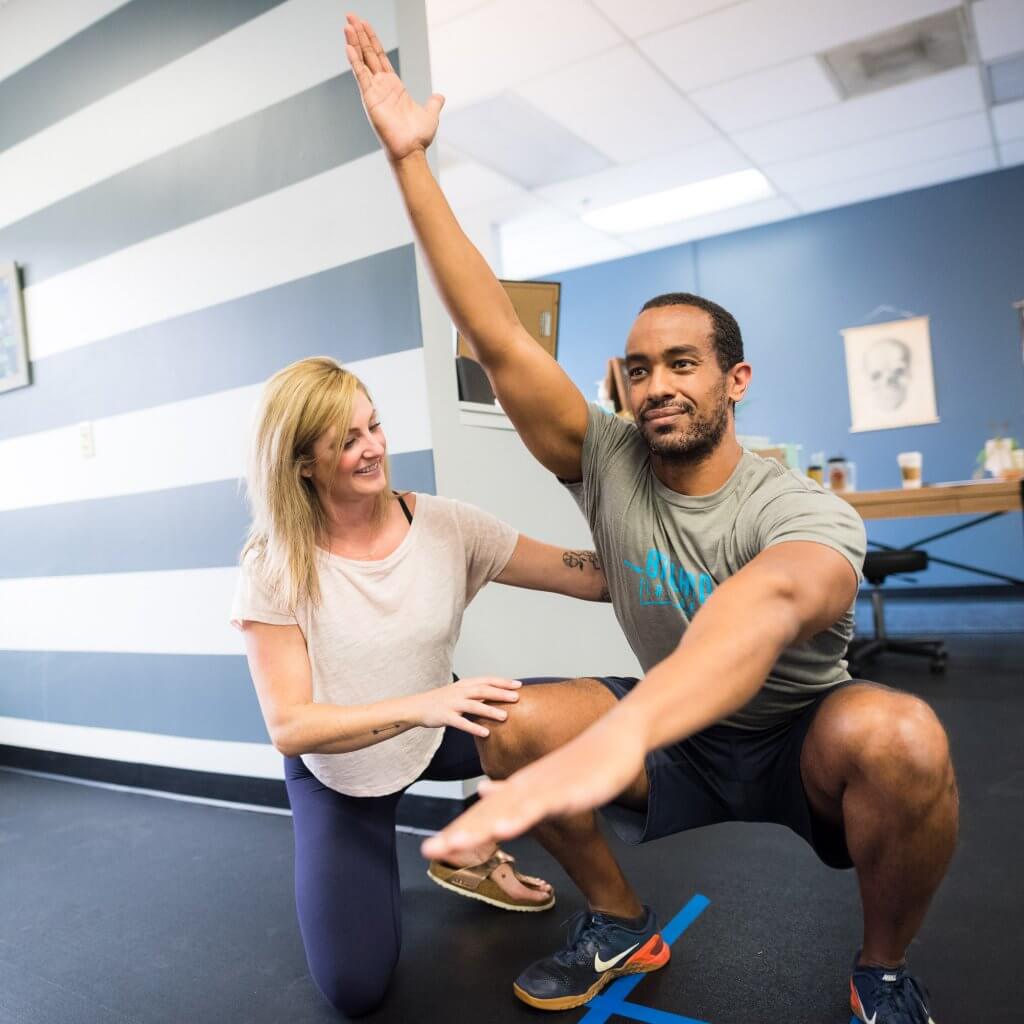
These days, Sarah’s training and recovery include learning to hip hinge properly, strength training, and CrossFit. For stretching, Sarah recommends gentle figure-four poses or using a lacrosse ball for the glutes “but you will never see me in a forced lunge or pigeon pose stretching out my hip flexors!” Sarah advises against these poses for anyone with FAI. A tight and painful muscle isn’t a short muscle in the case of those with hip impingement, so stretching their hip flexors will make symptoms worse.
Other treatments will only act as a bandaid, temporarily covering up the unpleasant symptoms if they work at all! Lindsey had one hip injection, but didn’t notice any significant change in the pain.
“Injections can sometimes decrease the pain, but it’s not going to change these muscular imbalances!” she reveals. Diagnosed with FAI, orthopedic physicians recommended surgical intervention and retirement from running to Lindsey. For six months, she heeded the latter advice, refraining from running… and becoming “super depressed.”
It wasn’t until a physical therapy coworker asked “Who said you can’t run?” and discussed the strong connection between the mind and her condition that Lindsey discovered that her inability to run was as much psychological as it was physical. The athlete’s mind can be a powerful weapon. We can convince ourselves that the hip is letting us do this, or keeping us from doing that, but in reality, our mind can often be the guilty party, not our body!
“I saw a sports psychologist and learned to believe in myself and what my body is capable of!” explains Lindsey. “ I learned that running was my coping mechanism, and my psychologist taught me to find other ways to cope.”
Through the help of the sports psychologist, Lindsey also learned that she was not just ‘Lindsey the runner’ and began to let go of tying so much of her identity up in running. “Letting go of that actually led me back to the sport!”
These days, Lindsey competes in triathlons, and is even able to run marathons! Her hip condition no longer consumes her thoughts. It does make her be careful to be flexible in training, however, throwing in extra rest days rather than letting a training plan dictate every move she makes. Lindsey emphasizes the importance of viewing hip impingement as a condition from a deformity, not an injury. While injuries can heal, conditions must be managed.
Hip Impingement Can be Misunderstood
In the medical world, FAI is still difficult to treat and too often mismanaged. 20 years ago, athletes with hip impingement were not aware of the condition, and it was just assumed that they had groin strains or hip arthritis. Even today, MRIs may not reveal FAI or labral tears in a runner with pain, but may indicate hip impingement in an athlete who is running pain-free!
“Just because you see it on the MRI doesn’t mean it should keep you from running,” reminds Lindsey. “With this condition, you have to treat the whole person, not just the image!”
In treating her patients, Lindsey focuses on finding the source of the labral pain, which can be very unique from runner to runner. Sometimes, the pain results from the hip joint being repetitively loaded, causing a labral tear over time.
Runners who have no hip pain or limitations, despite an MRI that indicates labral changes, should not be alarmed. “People have been running with this condition for years, many with no knowledge of its presence because they had no symptoms,” Lindsey points out. “Two of my best friends have labral tears, and we’re all still running marathons!”
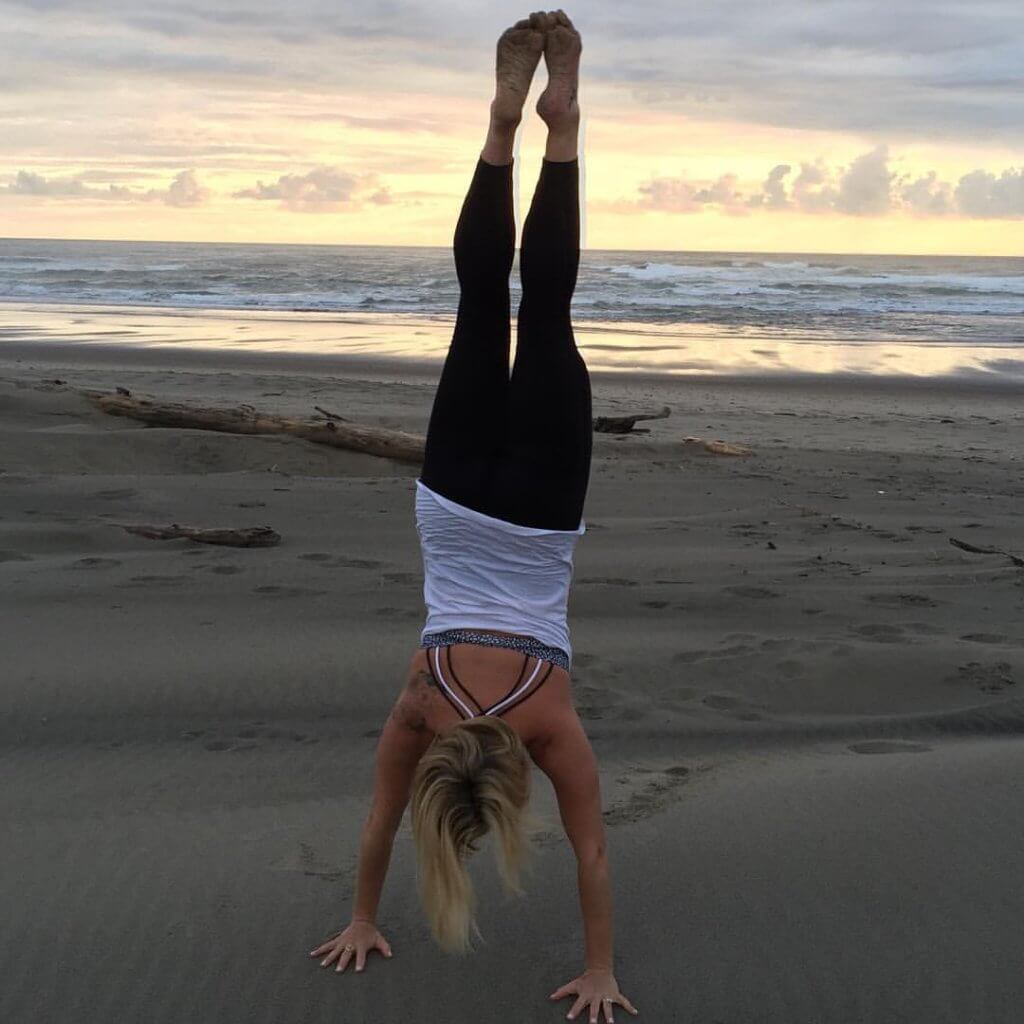
A 2012 study actually found that 69% of asymptomatic individuals had hip labrum tears, which is great news for those who do experience hip impingement symptoms.
“If there are athletes who have the same labral changes that you do, minus the pain, this is a good indication that those in pain can remove the painful triggers by altering their routine activities temporarily to calm down irritated tissue and resume those activities eventually,” Sarah assures. This assumption that labral tears in the hip automatically equal an end to your running career is one of the main misconceptions that physical therapists such as Sarah and Lindsey are hoping in dispel. A few of the other myths (and the truth, as explained by Sarah and Lindsey) include:
Myth: Athletes with hip impingement will likely have to quit running. If they return to running, they will have to minimize impact and greatly reduce their mileage.
Truth: Unmanaged, FAI can impact your life and the activities you participate in. But you don’t have to give up running forever! You may have to take a break from running until inflammation has resided, but once you’re on the path to recovery, hip impingement doesn’t have to limit where and how far you run. You can run on roads or trails, short or long distance. “I do 80% of my running on the treadmill because it’s convenient. But I can run on pavement or trails too,” says Lindsey.
Myth: You just need to stretch more, and maybe take up yoga.
Truth: Patients with hip pain in the front mistakenly conclude that they should treat the front of the hip by stretching it. In actuality, you may be irritating an already inflamed area by doing so.
“People often feel pressure and tightness, and the tendency then is to want to stretch the hip, specifically the hip flexors,” Sarah notes. “However, if the hip is chronically in extension, as in the case of hip impingement, stretching the hip flexors can really exacerbate the situation.”
If you practice yoga, skip the forced lunge or pigeon pose. In general, don’t focus on hip stretches that could aggravate this condition. Instead, work on proper pelvic tilt and pelvic motor control.
Myth: You’ll be fine once you get a cortisone shot, dry needling, or a sports massage.
Truth: For runners with FAI, spasms and pain can be debilitating to the point of preventing them from even beginning physical therapy. In their case, these treatments can loosen up tight spots and buy the athlete time to heal. Trigger-point dry needling is mechanics-based, and can also reduce spasms or activate muscles that are shut off.
While such treatments alleviate pain temporarily, they do not solve the underlying issues unless combined with a regimen of strength training. Once you are pain-free, work with your physical therapist on a treatment that involves keeping spasms at bay, and strengthening everything around the hip socket.
Myth: The labral tear can heal in time.
Truth: Hip impingement and tears in the labrum are not like a typical overuse injury. A hip “deformity” does not heal, but the symptoms can be alleviated. Rather than look for ways to change the bones abnormal structure, commit to changing how you move!
A tear in the labrum results from a bony deformity and a lack of strength in the muscles surrounding the deformity, and unfortunately, it won’t go away. But you do have options other than hip orthoscopy surgery for living and running with FAI and any resulting tears!
FAI is manageable once runners make the necessary modifications and commit to life-long maintenance. Lindsey reminds us that all runners (not just those with a bum hip!) should be performing strength training regularly to stave off injury!
Myth: Surgery is the solution to all your hip impingement problems!
Truth: The labrum can be cleaned up through surgery, but if you don’t change how you sit, move, and run, then your symptoms will resurface. When Lindsey was diagnosed with FAI and a labral tear, she declined surgery. Since the diagnosis, Lindsey has finished nine half marathons, eight marathons, and a half-Ironman triathlon too! For Lindsey, strength training that is specific to hip impingement, as well as limiting herself to running one marathon a year has proved a far better solution than surgery. She is cautious in recommending surgery to others and is confident in her decision to forego it herself.
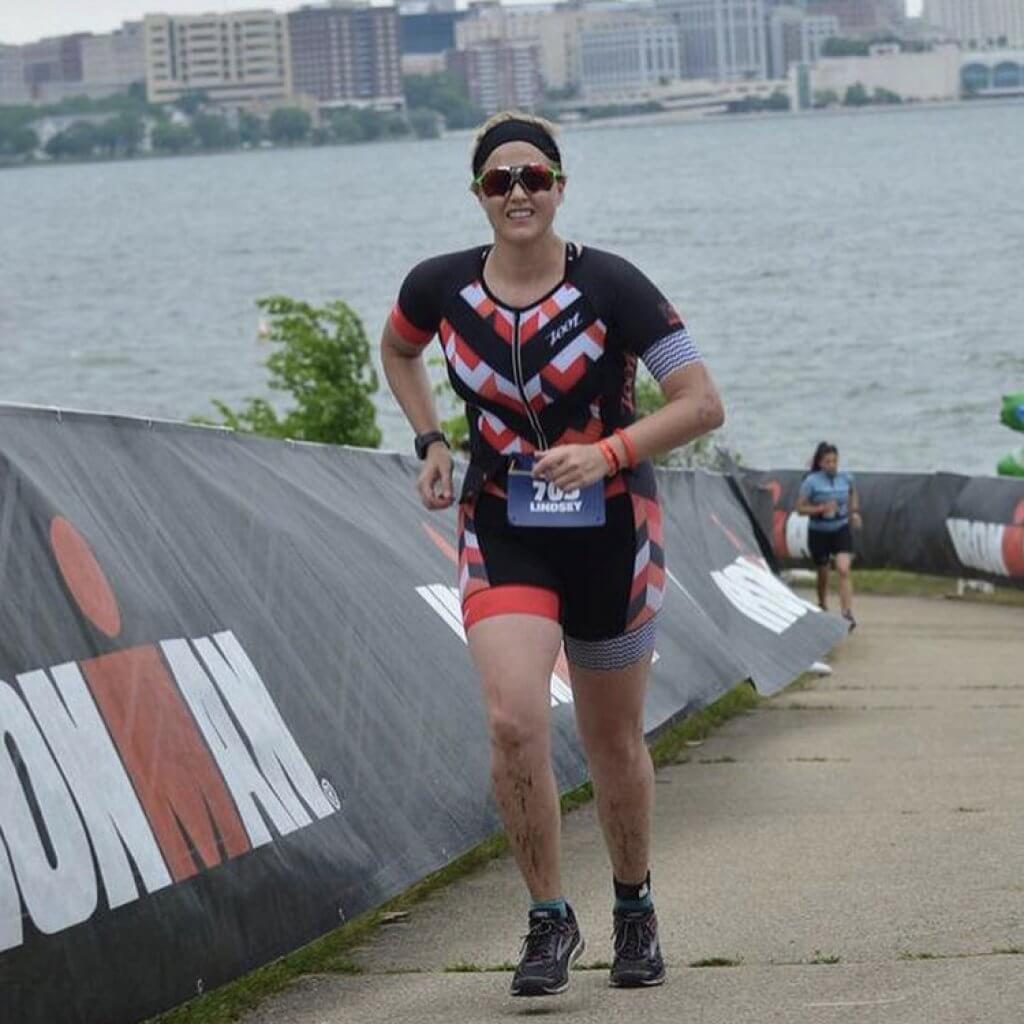
“There has been an exponential rise in surgery for FAI and labral tears. But surgery for this condition has only been around for a decade or so. It doesn’t guarantee that you’ll return to sport. And there isn’t enough long-term data to show that FAI surgery is effective,” Lindsey asserts. “That bony stuff that MRIs reveal is not as rare or terrible as orthopedic physicians can make it out to be. Some people are born with it, and never know they have it because it doesn’t limit their activities.”
While trauma such as a torn ACL responds well to surgery, Lindsey has observed that pain from gradual wear and tear responds well to physical therapy. A torn labrum associated with hip impingement is a condition related to wear and tear, which is why learning to run with better mechanics will go a long way in relieving symptoms!
Sarah’s observations in her patients support this approach. While wrestling with her own FAI issues, she began to treat a lot of dancers with hip impingement, observing very mixed results in the patients coming to her post-surgery. A few patients even reported that their hip condition seemed worse, and expressed regret at having undergone the procedure in the first place.
Sarah ultimately decided against surgery because there just weren’t enough positive outcomes for her to justify it. She focused instead on getting stronger!
Returning to Running Gradually Can Make All the Difference
If you suspect that you have hip impingement, stop stretching your hip flexor! Reach out to a sports physical therapist who works with athletes and can train you in performing exercises that load posterior chain. Select a PT that is open to offering alternatives to surgery for hip impingement, getting you on a path to healing and back to living an active and pain-free life.
“It’s overwhelming when you’re being told your condition warrants surgery … but then you later find out that often the surgeries do not relieve a person of pain or dysfunction,” Sarah says. Speaking from experience, she reminds runners that it takes time to build new motor patterns and get strong.
“Strength training is key as it provides stability and muscular balance!” Sarah affirms. “It’s important to remember that we are not designed to run, and only run! As human beings first, and runners second, functional movements like squats and the hip hinge are integral to living active lives.”
The temptation among runners is to take six months off from running, then go out and crank out 10 miles once they feel better. Lindsey cautions against this “boom and bust” tendency.
“I did one mile, three days a week, week after week. I told myself that once I could run a half marathon with no pain I would let myself train for a marathon,” says Lindsey. “If you end up limping during or after your run, shut it down. If the pain is traveling, that’s a sign that you need to walk because you’re not strong enough. If your soreness goes away after 24 hours, you may be in the green. You have to find your sweet spot – It is a trial and error thing.”
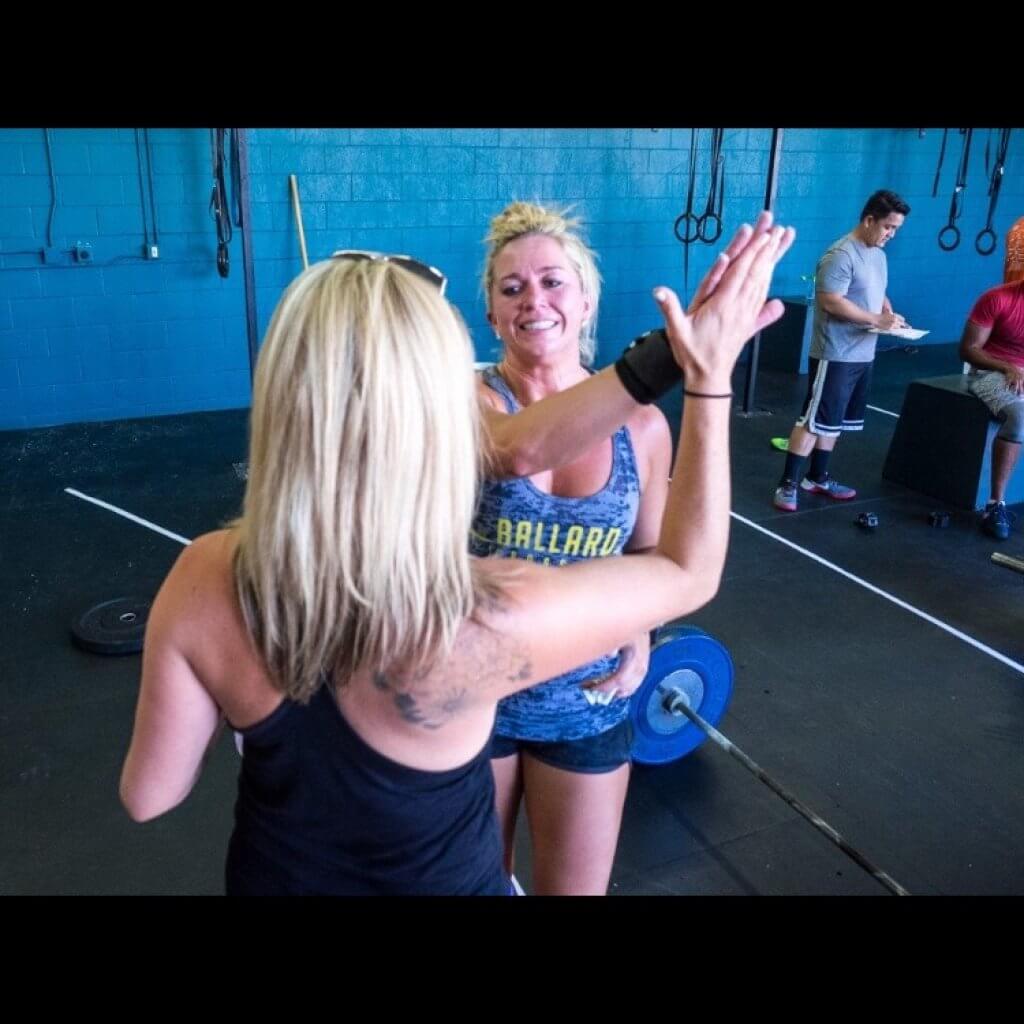
“The takeaway message is that this takes a lot of time … but you CAN feel better. Returning to running gradually can make all the difference in the world!” Sarah agrees.
As for my own hip impingement drama, I’ve been in PT for a month now. I have heeded the advice of my own physical therapist, Tyler Patrick, refraining from running until I train my body to move functionally. I have done the lunges, bridges, goblet squats, and other exercises he prescribes and trusted that the strength and correct movement patterns I am developing are becoming the solid foundation I need to build my running on.
After four weeks of learning how to perform a proper hip hinge and establish pelvic alignment, Tyler is confident that I will be running again by the end of the month. When I reach the point of returning safely to sport, he will give me the green light to begin a walk/run program that focuses on running at a quick cadence of about 180.
I am no longer living in pain or wondering if I will ever run again because of a labral tear. Thanks to FAI-specific physical therapy, I am finally free of dysfunctional movement patterns… and thought patterns. The cycle of pain and frustration has been broken. Committed to making specialized strength training a priority, I am joining the growing ranks of those who live and run with hip impingement!
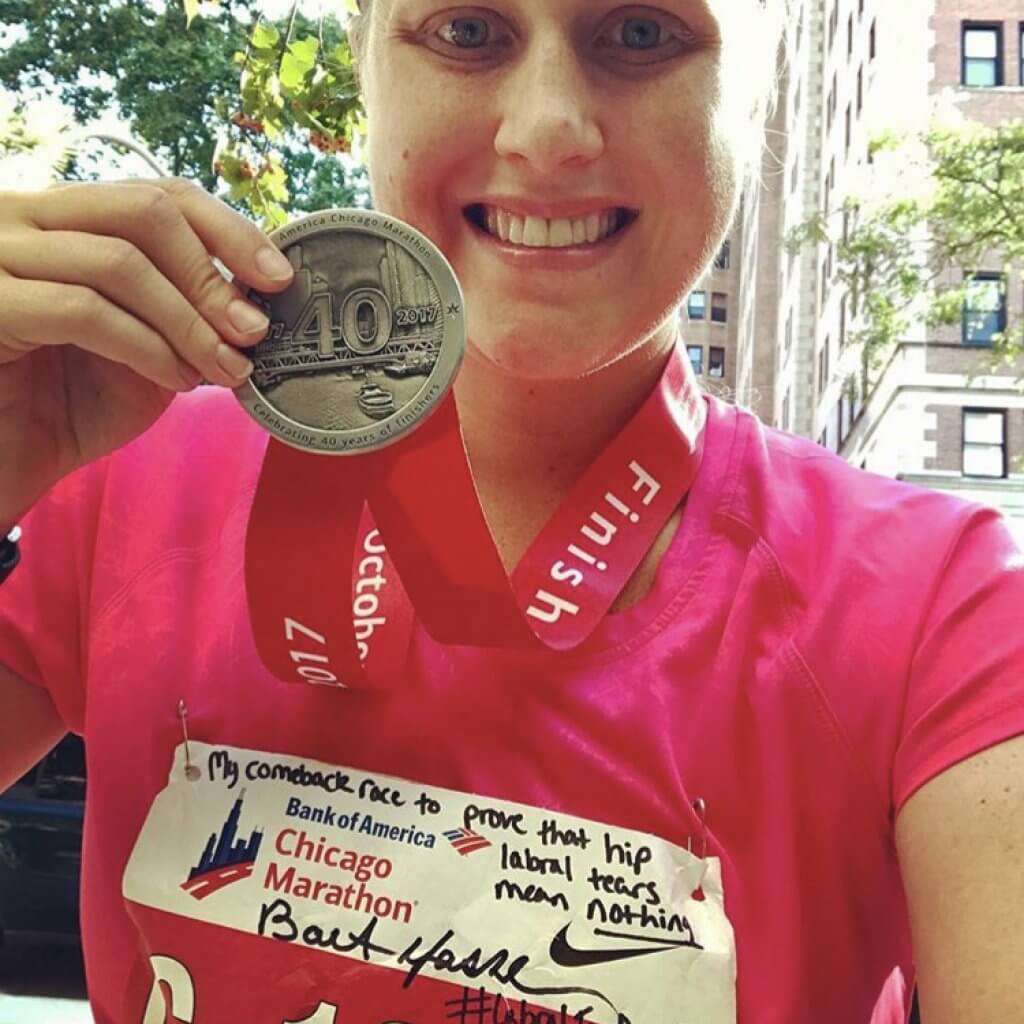
Follow Lindsey on Instagram @run.tri.physio.lindseyplass. Find Sarah at www.arrowptseattle.com
Latest Articles
 Is Running on a Treadmill Easier Than Running Outside?Runners have their own preferences, whether it is treadmill running, running outside on the road, or exploring trails. So...
Is Running on a Treadmill Easier Than Running Outside?Runners have their own preferences, whether it is treadmill running, running outside on the road, or exploring trails. So... Is It OK to Use Trail Running Shoes on the Road?While trail running shoes can be used on roads, especially in situations where a runner encounters mixed terrains or pref...
Is It OK to Use Trail Running Shoes on the Road?While trail running shoes can be used on roads, especially in situations where a runner encounters mixed terrains or pref... How to Fix Sore Quads After Running?Rest, ice, gentle stretching, and over-the-counter pain relievers can help soothe sore quads after running. Also, ensure ...
How to Fix Sore Quads After Running?Rest, ice, gentle stretching, and over-the-counter pain relievers can help soothe sore quads after running. Also, ensure ... 10 Fruits With The Most Electrolytes to Replace Sports DrinksThese fruits are high in electrolytes such as potassium, magnesium, and calcium, essential for hydration, muscle function...
10 Fruits With The Most Electrolytes to Replace Sports DrinksThese fruits are high in electrolytes such as potassium, magnesium, and calcium, essential for hydration, muscle function...

